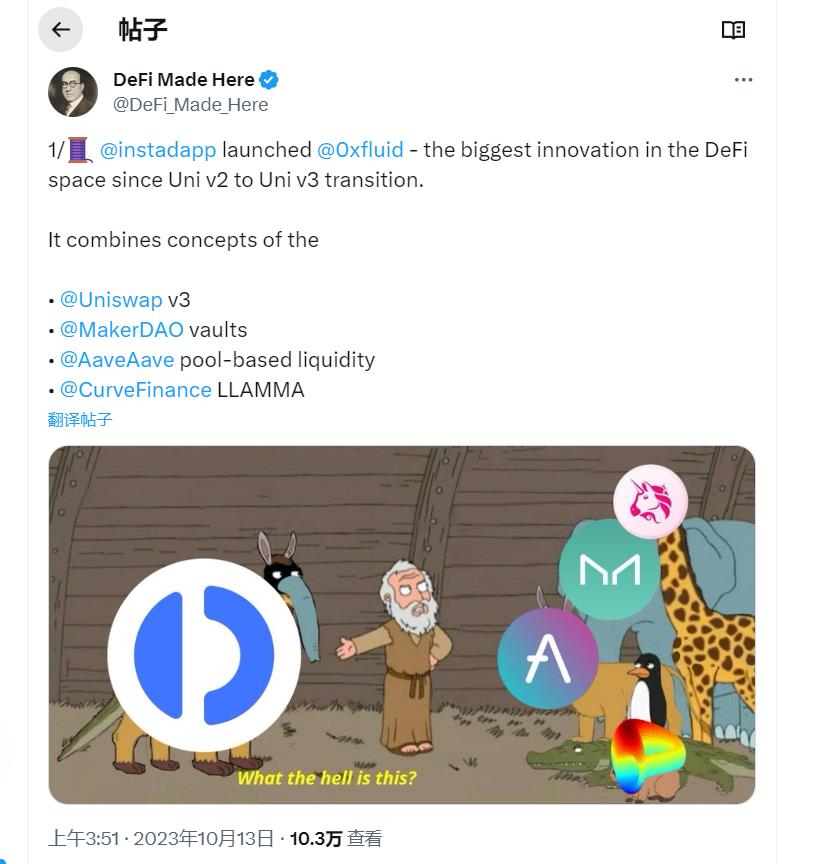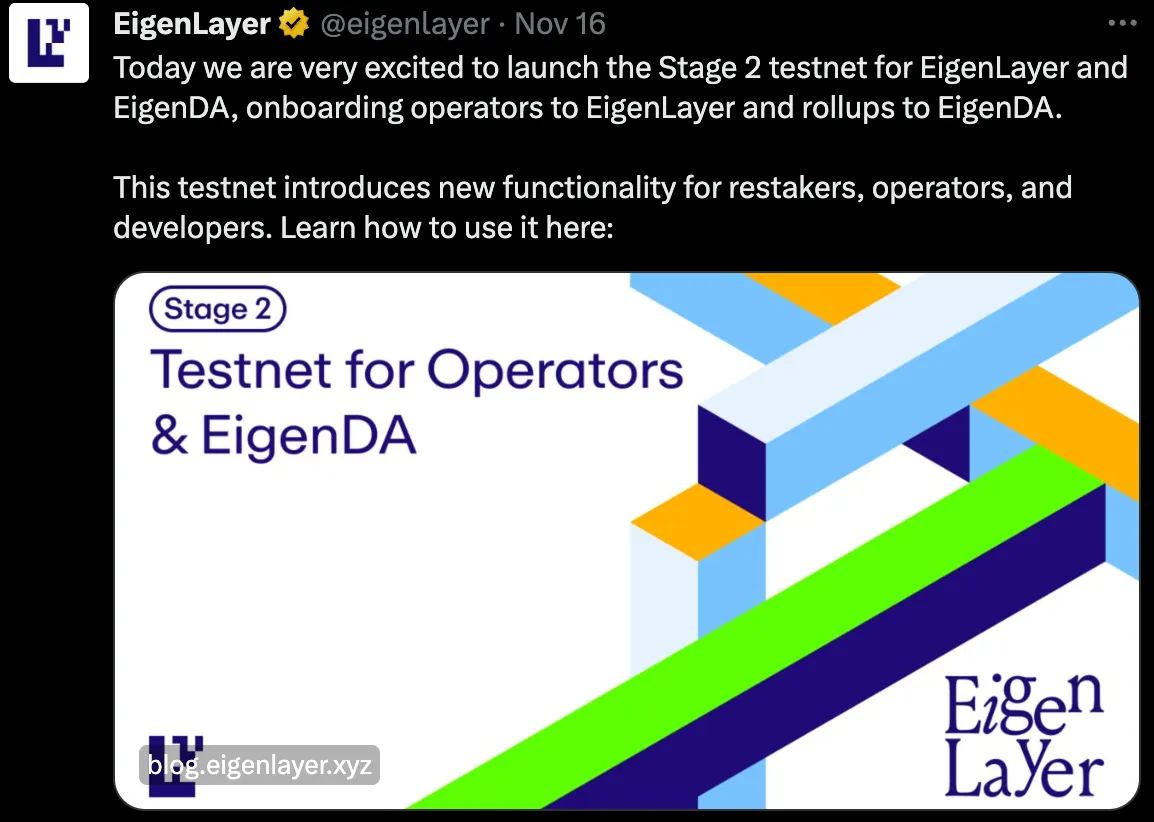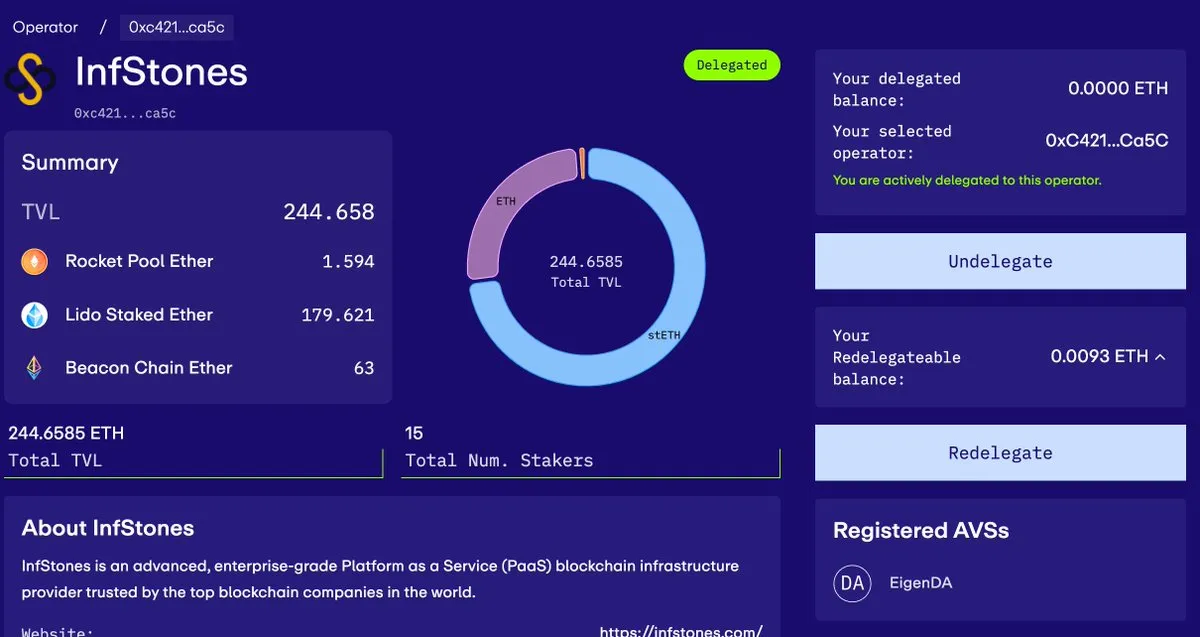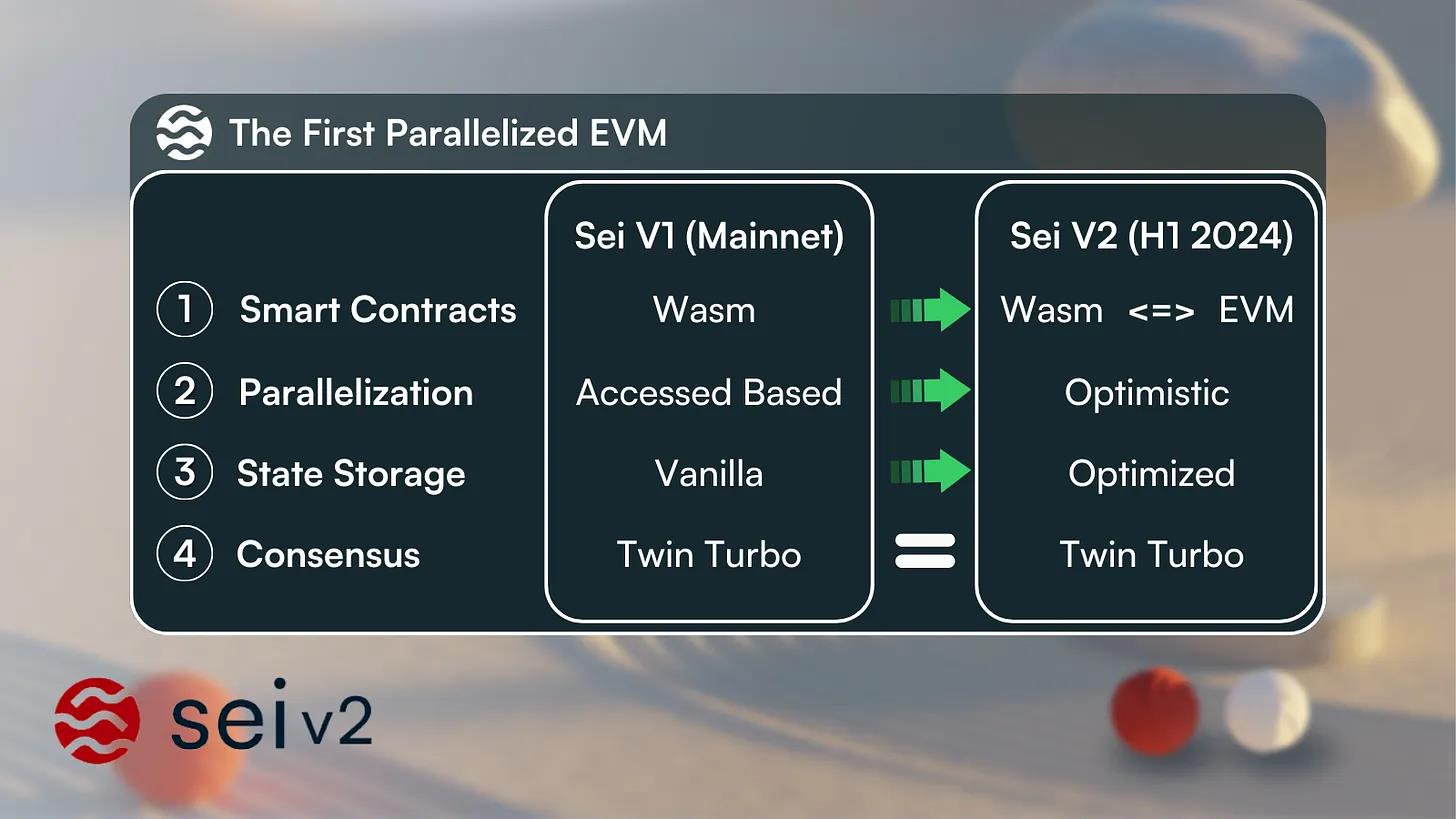Author: Ignas
Compiled by: Deep Tide TechFlow
The cryptocurrency market is heating up, and the question arises: what should we invest in?
Some tokens like MUBI have shown high returns, but require keen insight and close attention to community trends for timely investment. However, there are other tokens that can provide higher returns over a longer period of time because they involve the development of Web3 technology innovation. These projects allow us to discover them before the price rises and then invest.
Here is a list of 10 protocols that are about to undergo major launches that I am paying attention to. I will be following the upcoming developments of these projects and explaining the reasons why I am interested.
1. Frax V3 and Fraxchain
In the ranking of non-profit stablecoin rating agencies, Frax was rated as D grade (unsafe).
According to the report, the insecurity of Frax is due to the risk of collateralization with the volatile FXS token, over-reliance on centralized assets (USDC), and significant control of voting rights and monetary policy by the core team.
Like DAI, FRAX also lost its peg to the US dollar during the USDC decoupling period, but currently, Frax has achieved the transition through v3.
Frax v3 is being gradually rolled out, and sFRAX has already been launched. The annualized yield of sFRAX attempts to track the interest on reserve balances (IORB) of the Federal Reserve, using the IORB oracle. It can basically be called the "risk-free rate" on-chain.
The current annualized yield is 5.4%, with approximately 22 million FRAX collateralized.
With the launch of Frax v3, FRAX is moving away from the regime of algorithmic stablecoins and transitioning to 100% collateralization. FRAX will be pegged to the US dollar through Chainlink oracles and governance approval.
Next is the launch of BAMM (Borrowing AMM). Curve founder Michael referred to Frax's BAMM as the "biggest innovation in the DeFi space since crvUSD".
BAMM allows users to leverage any token without the need for oracles. It operates within its ecosystem, managing asset prices and liquidity internally to prevent defaults and ensure solvency. BAMM allows efficient capital utilization and increases demand for FRAX. For more details, please refer to this post.
To be honest, I still don't quite understand how it works, so I hope to delve deeper into it when more details emerge.
There are also FXBs, which are debt utility tokens that can be converted to Frax after a certain period of time. You can purchase FXB at a discounted price and then convert it to Frax, gaining low-risk profits.
Interestingly, Frax and Maker started from different points, but both are transitioning from USDC to embracing RWA. RWA allows the protocol to move away from the demand for leverage-based stablecoins, providing more predictable returns.
Another similarity between the two protocols (Frax and Maker) is that they are both launching their own native blockchain.
MakerDAO is exploring forking Solana, but Frax is building a hybrid OP and zk Rollup and will use frxETH as the Gas token (but potentially all Frax stablecoins will be supported). I applaud Frax's innovative move towards decentralization, which sets Fraxchain apart from other L2 solutions. Fraxchain is already on the testnet, and you can try its tutorial on the Frax Telegram here.
Why am I bullish on this project?
Frax is building a high-quality blockchain ecosystem, and with more upgrades and technological innovations, the veFXS token will also have higher value.
These developments take time, so I believe that the current market price (FXS market cap is $647 million) has not yet been affected by the upcoming RWA+L2+BAMM upgrades. After these events are anticipated, the price may rise.
sFRAX has already been launched, Fraxchain is on the testnet, and the BAMM/frxETH v2 code is in progress, expected to be completed within 2-4 months.
2. Synthetix Andromeda Version and Elimination of SNX Inflation
Synthetix is gradually upgrading to V3 to address multiple pain points, but two of them stand out to me:
Multi-collateral pricing: V3 is unrelated to collateral and allows support for any collateral to back synthetic assets. V2 only allows the use of SNX. This will increase the liquidity of sUSD and the markets supported by Synthetix.
Synthetix loans: Users can now provide collateral to the system to generate sUSD without taking on debt pool risk, and without paying any interest or issuance fees.
The upcoming Andromeda version to be released this month includes the launch of Core V3 and Perps V3 Base, using the US dollar as collateral.
Previously, Synthetix relied on sUSD, but with the addition of USDC, it should attract more users and LP. However, USDC is used for front-end integration, and Synthetix wraps it into sUSD for backend Synthetix contracts.
Andromeda is an exclusive product of Base and is an important subsequent upgrade, as it will test the demand for USDC as collateral, LP earnings, and generated fees/trading volume.
Multiple Synthetix ecosystem protocols (such as Polynomial, Kwenta, Infinex, and dHEDGE) have confirmed deployment on Base, so there will be more action on Coinbase L2.
Why am I bullish on this project?
Synthetix DAO has voted to use 50% of the fees earned on Base for SNX buyback and burn, so if the fees are high, it will bring upward pressure on SNX.
More importantly, Synthetix's founder has proposed to terminate the inflation of the SNX token.
Initially, inflation was used to incentivize staking and increase liquidity, but over time, its effectiveness has diminished. The proposal argues that stopping inflation will make SNX deflationary, which is more in line with the future development of the network, including potential new developments and the shift of major collateral.
Therefore, the Base deployment is an important test for SNX, and I will closely monitor the trading volume and the proposal to eliminate inflation put forward by the project team.
3. Fluid in Instadapp
I am bullish on the Instadapp ecosystem.
The team has launched multiple products such as Instadapp Pro, Lite, and Avocado, but the most important product is about to be released.
Instadapp combines the advantages of Uniswap, Maker, Compound, Aave, and Curve, and is changing the way Fluid is borrowed and traded.
Below is a summary of the main innovations in Fluid that I posted on Twitter.
Borrowers can borrow up to 95% LTV with ETH and reduce liquidation penalties to 0.1%
Partial liquidation only liquidates the amount required to restore to a healthy state
The liquidity layer integrates the liquidity of all protocols, so users do not need to remove liquidity every time there is an upgrade
Smart Debt and Smart Collateral
Profit from your collateral or reduce your debt from generated transaction fees. Traders can now trade on top of your debt without increasing your debt through fees, and the debt will decrease.
Another blog post from DeFi Made Here explains why he believes "Fluid is the biggest innovation in the DeFi space since the transition from Uni v2 to Uni v3".

Why am I bullish on this project?
Obviously, as the brand ambassador for Instadapp, I have some personal bias. But we cannot ignore the significant innovation of Fluid. With Fluid (and Avocado), Instadapp will transition from a "middleware" protocol (an aggregator of other DeFi protocols) and the role of the INST token will be strengthened.
INST will manage Fluid in a similar way to other lending protocols like Aave.
Fluid is expected to launch in mid-December, with hackers able to earn a bounty of 500,000 and a public launch scheduled for mid-January.
4. Eigenlayer + LRT
If you are a loyal reader of mine, you will know why I am bullish on Eigenlayer, but now we have a more detailed timeline.
Eigenlayer has launched the second phase of the testnet, providing Restakers like you with the opportunity to authorize operators.

These operators will validate Actively Validated Services (AVS), which is the basis for my bullishness on the LRT (Liquid Restaking) token.
Currently, EigenDA is the first and only AVS. Rollups can integrate EigenDA to increase throughput.
With the emergence of new AVS, we will witness the expansion of Ethereum's shared security use cases. Here are a few examples:
Ethos: Ethereum reboot for Cosmos hub
Witness Chain: Diligent proof defense and proof of location physical decentralization
Hyperlane: Inter-chain messaging (bridging) for Rollups issuance
Espresso Systems: Decentralized sorter for Rollups transactions
Blockless: Infrastructure for network-neutral applications (nnApps) that can run on any L1/L2 blockchain network without being limited to a specific blockchain.
Multiple AVS will launch their own tokens to incentivize operators and Restakers to delegate ETH to them.
However, it becomes complicated when deciding which AVS to support. As a Restaker, you need to choose the operator to validate the AVS.

Currently, there are 107 operators on the testnet, and more operators are expected to join. So, how do you choose the operator with the highest risk-return ratio?
This is where the use of the Liquid Restaking Token (LRT) comes in. You can deposit funds into the LRT protocol instead of staking directly through Eigenlayer. However, LRT still requires management to select operators and manage risk. This means that new protocol tokens will be airdropped and earn higher returns.
With LRT, we can expect to earn Ethereum staking rewards (5% yield), Eigenlayer staking rewards for AVS (10% yield), and LRT protocol token emissions (10%+ yield). Without considering the initial airdrop, the annual yield for ETH is approximately 25%.
It is still too early to tell which LRT protocol will come out on top, but it seems that Ether.fi is the leading protocol.
Why am I bullish on this project?
Liquid Restaking + LRT narrative, as it has the 3 key elements I look for in exploring projects: 1) innovative technology 2) opportunity to stake tokens 3) engaging narrative.
I believe that restaking and implementing LRT will make ETH an attractive asset worth buying and holding. This, in turn, will bring ETH on par with BTC and altcoins. However, this is not without risk!
Unfortunately, we still need to wait. Phase 2 of the mainnet is expected to launch in the first half of 2024, and Phase 3 will follow later in 2024 (the real fun begins then).
5. Uniswap V4
Uniswap V4 introduces "singleton" contracts, consolidating all liquidity pools within one framework, reducing the gas cost of creating pools by 99% and making multi-pool swaps cheaper.
In fact, you can already experience the benefits of the "singleton" contract through Ambient Finance. I am always amazed at the low gas fees.
The reason Uniswap V4 made the list is the "Hooks", which make Uniswap V4 more like a platform.
The Hooks in Uniswap V4 are essentially programmable contracts that can act at different stages of a liquidity pool's lifecycle. These Hooks can be seen as "plugins", allowing custom code to be executed when critical events occur in the pool's lifecycle. This may include on-chain limit orders, time-weighted average market making, automatically depositing excess liquidity into lending protocols, and automatically compounding LP fees into LP positions.
In fact, Instadapp has already teased a no-liquidation lending protocol using v4 Hooks, with a 0% liquidation penalty.
Why am I bullish on this project?
Uniswap using V4 Hooks will become the liquidity hub of DeFi, even more so than it is now. It's worth noting that protocols often face liquidity issues at launch, but with Hooks, developers can use Uniswap as liquidity to experiment and launch their own protocols + new token offerings.
This, in turn, will bring more liquidity to Uniswap and may attract liquidity from other DEXs.
As V4 will be launched under a commercial license, forking will not be allowed until 2027. With multiple dApps launching on Uniswap, it may gain more market share. Hopefully, the Uniswap DAO and builder community will find ways to allocate value to UNI token holders.
But we have to wait until the first quarter of 2025 for the Cancun Ethereum upgrade to go live (which includes EIP-1153): Transient Storage, which is crucial for reducing network costs for Uniswap v4.
Perhaps betting on UNI during the Cancun upgrade period is a good short-term strategy.
For more information, click here.
6. Stacks Satoshi Upgrade
My view on Stacks is simple, and I recently shared it on X.
The Stacks ecosystem tokens have performed well, mainly due to three major innovations:
- Stacks Nakamoto Release: Will reduce txs speed from the current 10m-30m to ~5s
- sBTC: Unmanaged, trust-minimized BTC USD peg, allowing smart contracts to write back to Bitcoin
- Growth of BTCfi: Ordinals, BRC20, etc.
The Stacks upgrade is expected to launch in the first quarter of 2024.
The biggest beneficiary could be Alex Lab, which is the liquidity hub for Stacks DeFi, providing BRC20 order book trading, bridging between BTC and BRC20, and EVM chains.
Why am I bullish on this project?
If you read my previous article on the three factors of a thriving crypto ecosystem, you'll find that Stacks meets all three criteria, as user attention and funds are concentrated on a few assets, with more tokens set to launch.
Three factors of a thriving crypto ecosystem:
- Technological innovation
- Token minting opportunities
- Engaging narrative
Reducing transaction speed to 5s and bringing BTC liquidity, coupled with the narrative of BTCfi, makes me quite optimistic about the future of Stacks.
Additionally, compared to its unique value proposition, the price of Stacks MC is relatively low, but Alex Lab is like a leveraged bet on STX. The first quarter of 2025 upgrade is also on the way.
7. Growth of Single-Chained L1: Fantom 2.0 Upgrade and SEI V2
Let me explain why I'm putting FTM and SEI together. There are two reasons:
First, modular and single-chained scaling approaches are one of the most interesting narratives in this bull market cycle. More and more people are disappointed with scaling Ethereum through L2 solutions.
Issues include compromises on decentralization, security, and a worse user experience, as well as the method of using L2 (Blast) for airdrops.
Additionally, L2 tokens lack value proposition for investors. The recent ARB "staking" from the Treasury Fund showed the limitations of L2 DAO creativity in token economics.
With improved security and network congestion, the future may change, and token economics will improve with true native decentralized L2 and potential revenue sharing.
But at the moment, even with L2, transaction fees are too expensive for lower transaction amounts. We need L3 or L4.
However, these technological changes may not occur in this bull market cycle. If we want maximum security, we will eventually pay high gas fees on Ethereum, or we will swap funds from one L2 to another through third-party bridges to receive airdrops, as no one wants to wait 7 days for withdrawals on Optimistic rollup.
Now, single-chained blockchains also have their own issues. The compromise on decentralization through limited number of nodes or high hardware costs is the most important.
But since Ethereum has stopped focusing on or slowed down L1 expansion, can Ethereum's modular design solve these issues before improving decentralization?
This is where the role of the Fantom and Fantom Sonic upgrades comes in. It brings over 2k+ txs per second and a finality time of 1.1s, without sharding or L2. The team's goal is the next generation dApps, such as GameFi.
Why am I bullish on this project?
I am bullish on Ethereum, and I am bullish on Solana as it is a major competitor to Ethereum. However, Fantom is making new innovations to benefit from the single-chained scaling narrative.
Next is SEI V2
I know many people dislike it. Some people may even have trouble distinguishing SEI from SUI or Aptos. But I maintain an open attitude towards SEI (as with FTM) because it fully aligns with my view of modular and single-chained development.

You can read all the upgrades of SEI v2, but the most important ones are:
- Support for parallelized EVM, which will benefit the development of the dApp ecosystem as developers can redeploy smart contracts from EVM blockchains to SEI.
- Finality time of 390 milliseconds (already live on the mainnet)
- Theoretical TPS of 12.5k
Why am I bullish on this project?
In the previous bull market cycle, L1 speed was crucial, but I believe this bull market cycle will also see a surge in L1 battles, just like the previous one.
Like Fantom, Sei is also built for the vision of expanding technology ecosystems, but its current market value is the lowest of the three, and a large token unlock is not expected until the third quarter of 2025.
免责声明:本文章仅代表作者个人观点,不代表本平台的立场和观点。本文章仅供信息分享,不构成对任何人的任何投资建议。用户与作者之间的任何争议,与本平台无关。如网页中刊载的文章或图片涉及侵权,请提供相关的权利证明和身份证明发送邮件到support@aicoin.com,本平台相关工作人员将会进行核查。




